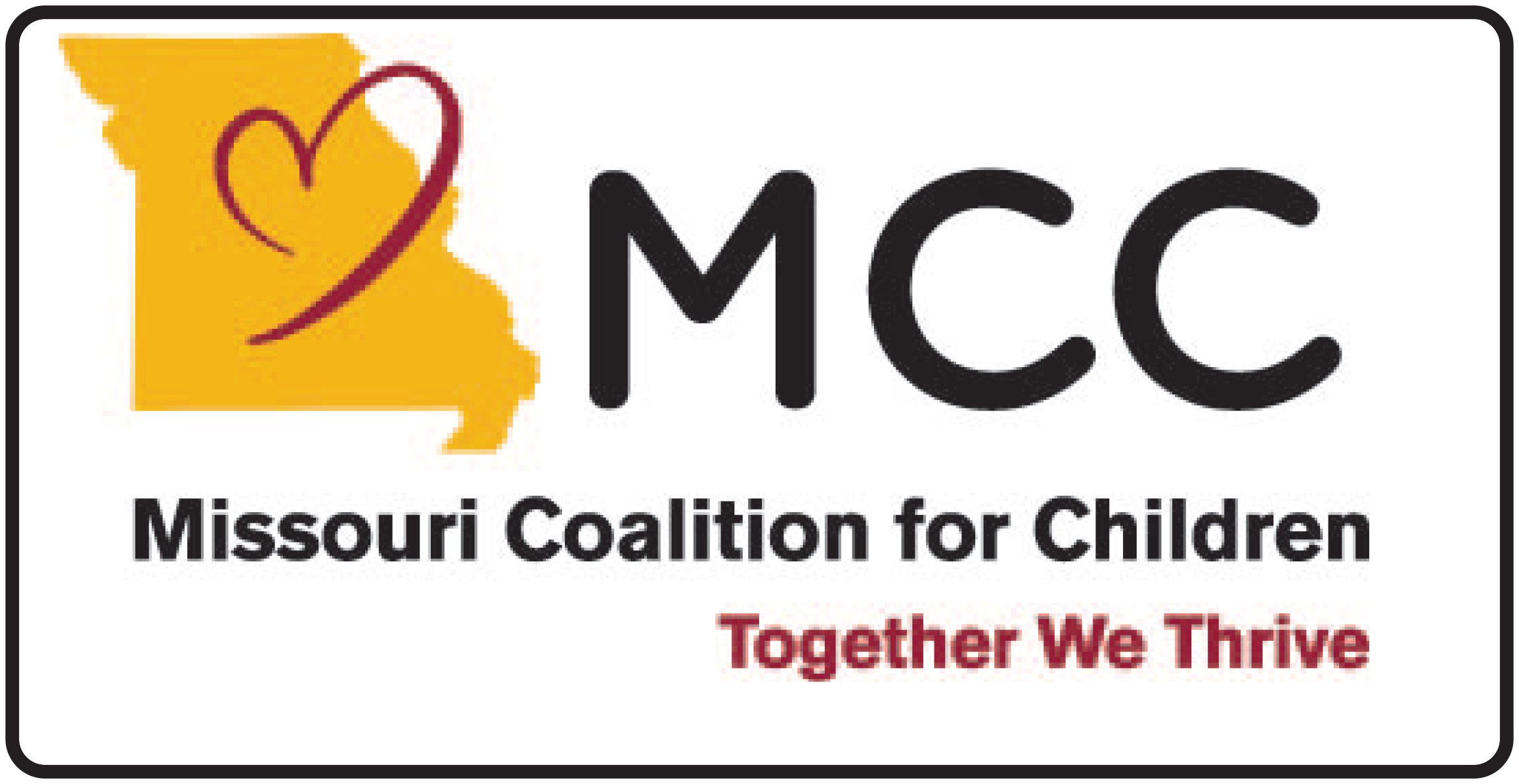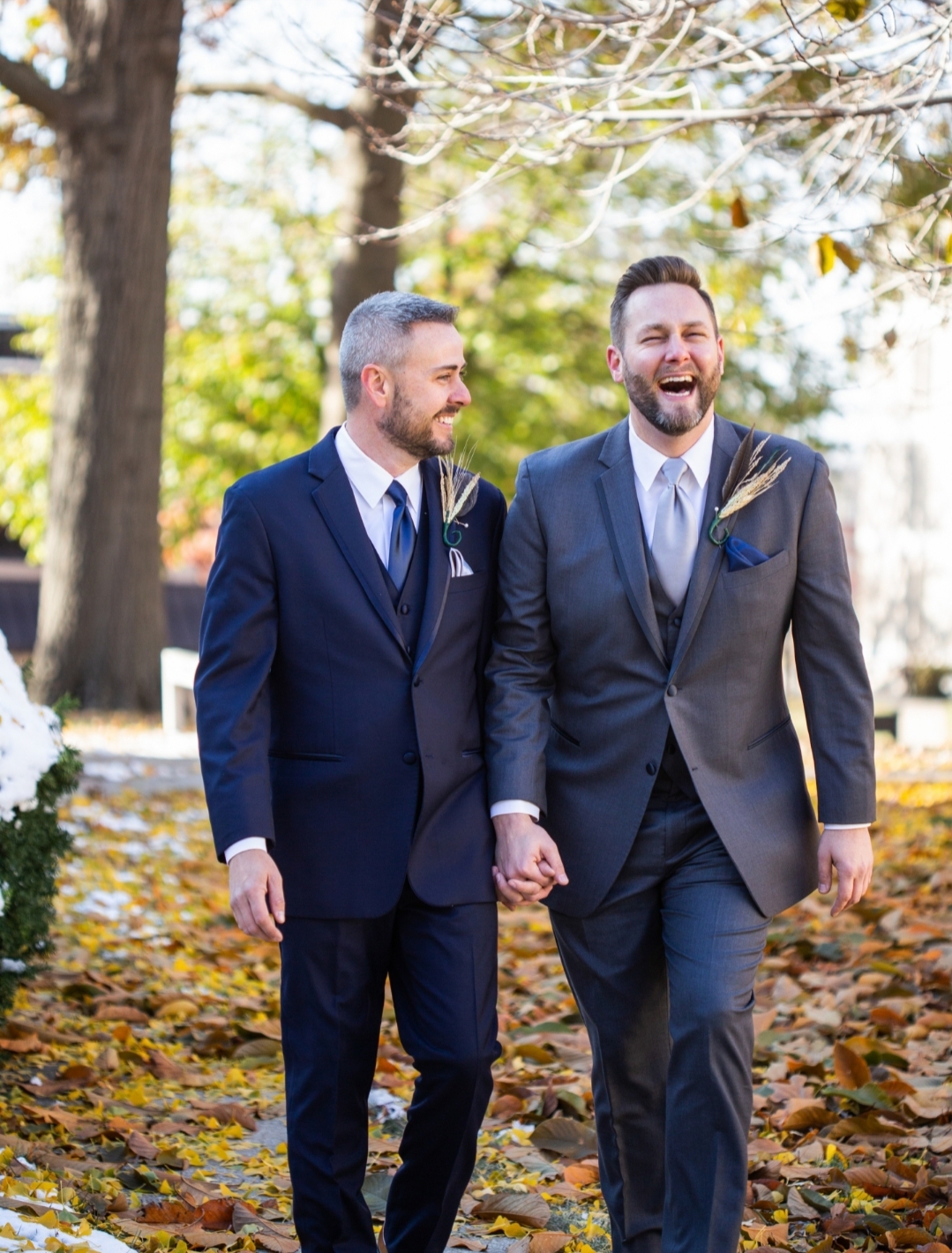On a cruise in 2020, Joshua Detherage and Matt Gromer discussed what type of family they wanted. Their conversation included fostering, adopting, or having children through a surrogate.
The couple, married in 2018, knew they wanted a family; they just weren’t sure what form it would take. They made their decision in 2020 when a friend, who is a foster care case manager, mentioned a teenager who identified as LGBTQ+ and had asked to be placed with a same-gender couple. Joshua and Matt were motivated to become foster parents, even though they wouldn’t be licensed in time to foster the teen who made the request.
The need for LGBTQ+ foster parents is significant. Young people who identify as LGBTQ+ make up 30 percent of children in foster care compared to only 11 percent of the general population, according to three studies in the past five years. While the need is great for all foster parents, it’s particularly true of foster families who belong to the LGBTQ+ community. As we celebrate Pride month 2022, we are sharing Joshua and Matt’s story.
The couple jumped into the process, which involved home visits and intense interviews to ensure they had what it takes to be foster parents.
Marcus* was 12 when he came into Joshua and Matt’s home. He had been removed from his home while his mother worked through substance abuse issues. Marcus did not identify as LGBTQ+, and it didn’t matter.
“We realized we wanted to provide and care for those children that needed someone to love them, exactly as they are,” Joshua says. “We want to be a family that can help them find security and love by being who they are.”
The couple relied on open, honest communication with Marcus to help him navigate his new world. At first, Marcus’s mother wasn’t allowed in-person visits, so Joshua and Matt arranged phone conversations between mother and son. They coordinated with Marcus’s mother when she was able to meet face-to-face and invited her to Thanksgiving for a family celebration. The couple realize the unique disorientation children placed into foster care experience: with their foundation removed from under them, they’re expected to develop a relationship with strangers.
“Children in foster care have experienced a lot of things, and we can’t add to it,” Matt says.
A few months after Marcus arrived, Joshua and Matt got another call. Would the couple who agreed to care for teenagers consider a 1- and 2-year-old brother and sister? Matt and Joshua said yes, and quickly began moving furniture to accommodate the smaller children. The new, blended foster family was also an adjustment, as any parent who has experienced the difference between connecting with a teenager and caring for a toddler can attest.
Joshua and Matt slowly gained the trust of the young siblings. From the beginning, they made sure conversations with the siblings were at eye level to make them feel more engaged. The couple also developed a relationship with their mother, who like Marcus’s mother, was taking seriously the work she had to do to be reunited with her children.



